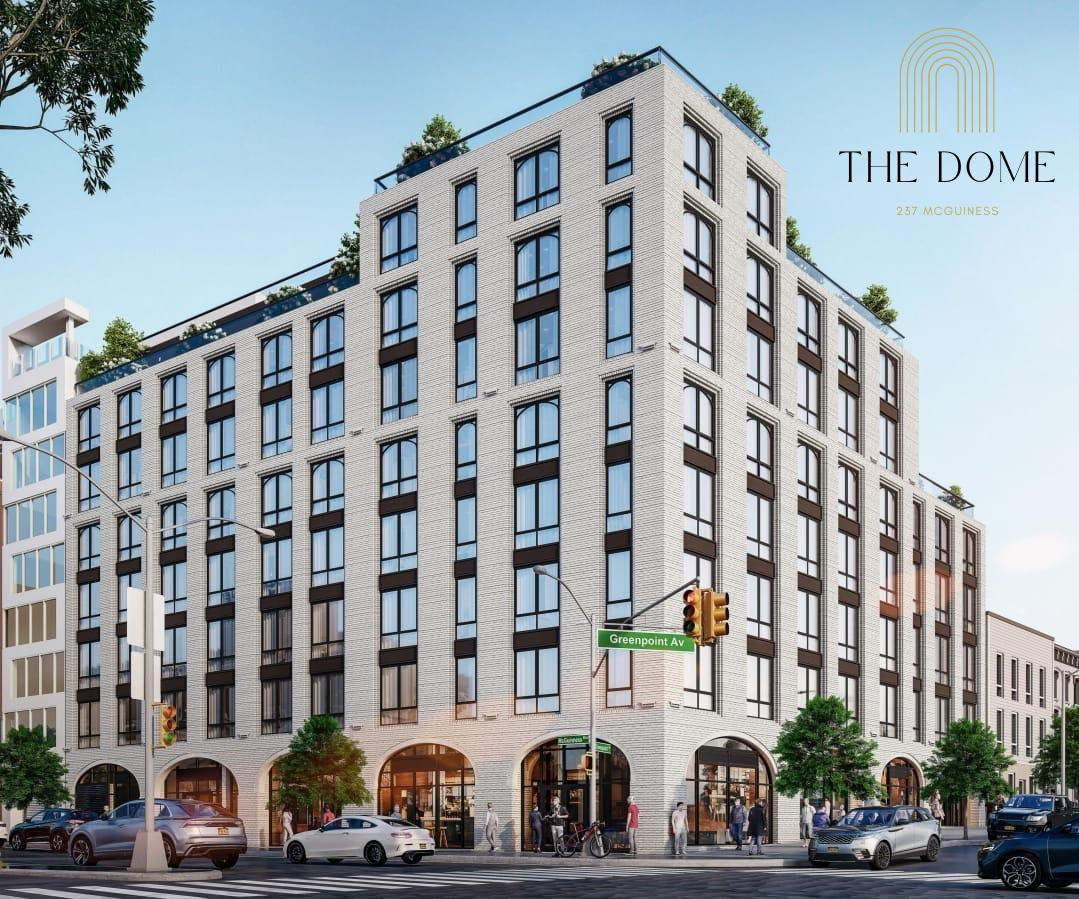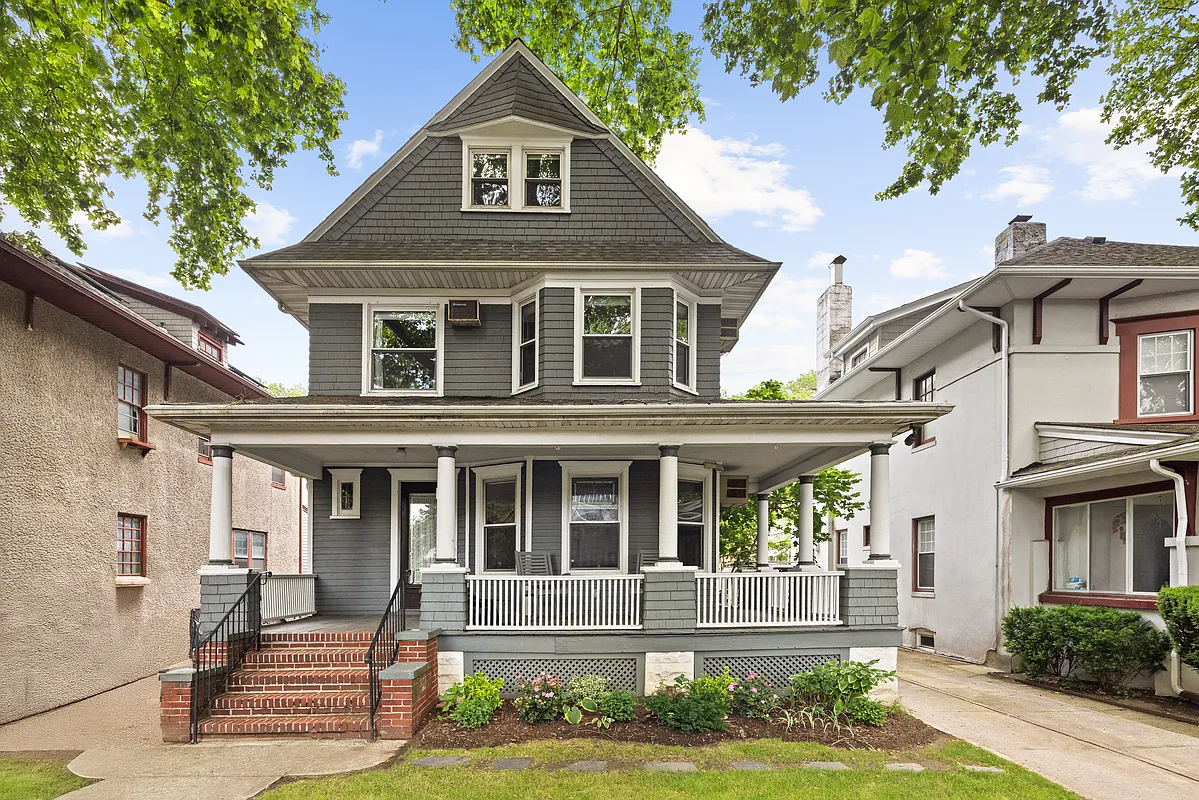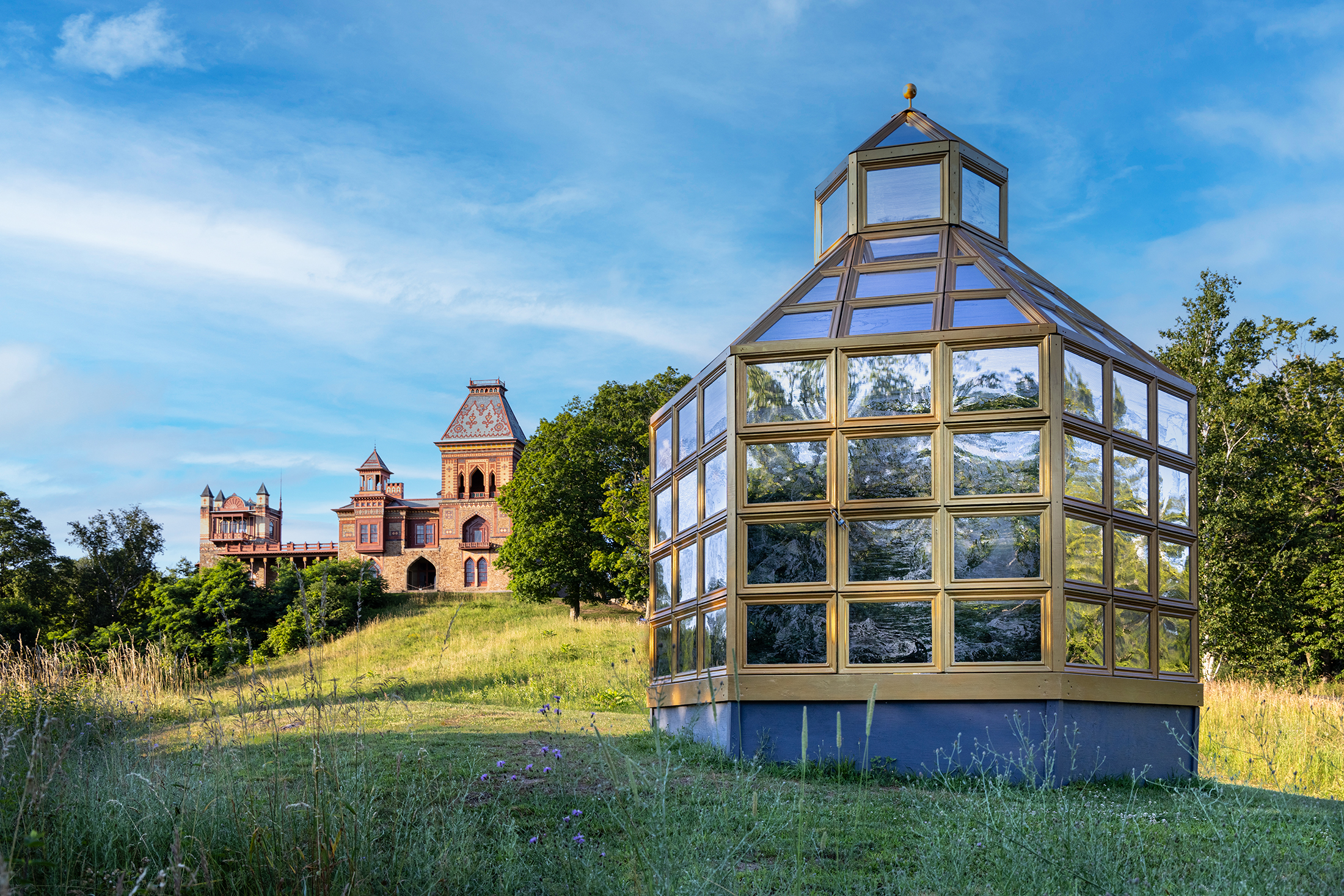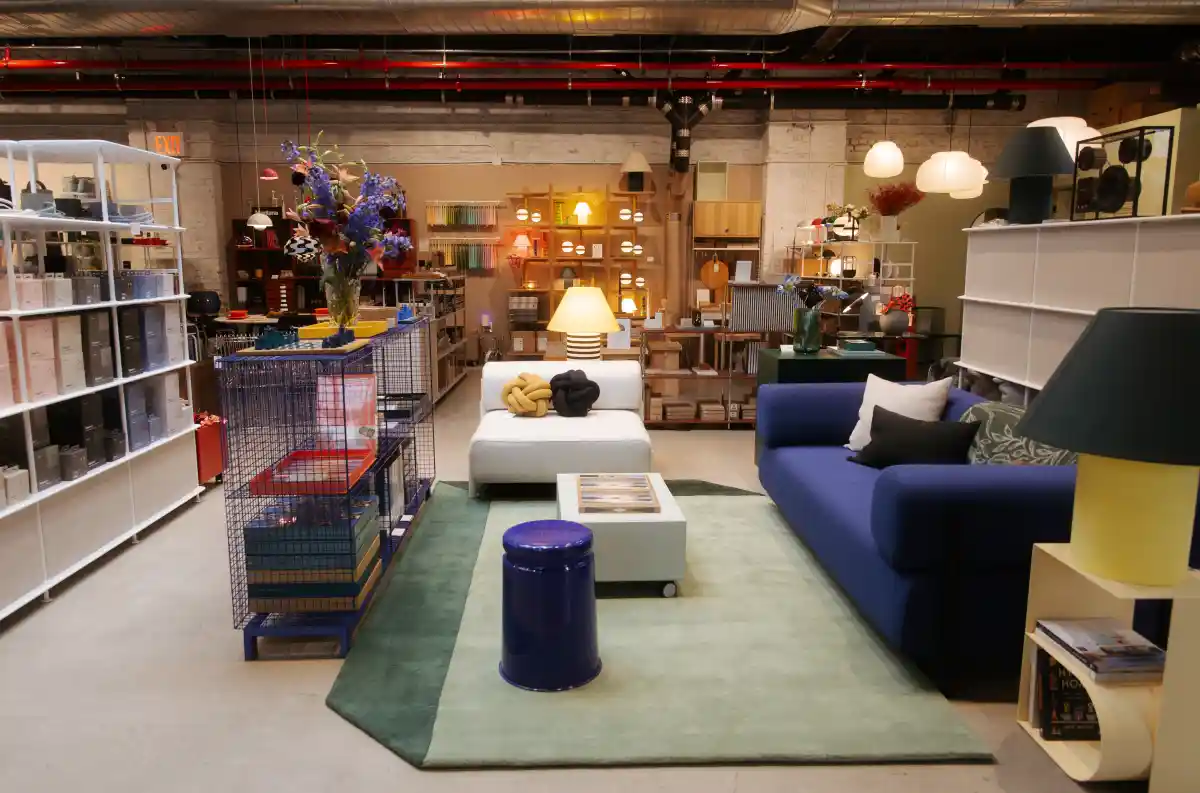A Look Inside the New Brooklyn Children's Museum
[nggallery id=”22035″ template=galleryview] We were lucky enough to be given a sneak preview of the new $48 million Rafael Vinoly-designed addition to the Brooklyn Children’s Museum yesterday. (Another $16 million is being spent on the interiors and exhibitions.) The L-shaped addition, which used over 8 million yellow tiles on its exterior, makes the BCM the…
[nggallery id=”22035″ template=galleryview]
We were lucky enough to be given a sneak preview of the new $48 million Rafael Vinoly-designed addition to the Brooklyn Children’s Museum yesterday. (Another $16 million is being spent on the interiors and exhibitions.) The L-shaped addition, which used over 8 million yellow tiles on its exterior, makes the BCM the first LEED-certified museum in the city. In addition to using green building materials, the design incorporates a number of energy-saving devices such as light and heat sensors to maximize efficiency. In addition to new entry and outdoor areas, the two most striking portions to the addition are a colorful play and learning area for small children designed by May & Watkins (slides 13 and 14) as well as a multi-storefront streetscape being built in the old portion of the building. As you can see from the slideshow, they’re on the home stretch. As of now, the ribbon-cutting is scheduled for some time in September.





“out of context”–does that mean it doesn’t match the adjacent 1960s school, 1970s nursing home, 1980s addition to the mansion across the street, trailer church with the roll-up door, or the trees in Brower Park? I’m confused.
that sounded wonderful NOP- I think museums lost something when they lost the old curiosity cabinet feel. I used to love that in the older sections of the Museum of natural History and the Brooklyn Museum.
My one concern when the Children’s Museum was rebuilt in the 70’s (?date) was that they went for almost a playground feel and coming from a more traditional museum background I wondered if the emphasis on play and games- even to teach- didn’t distract from an appreciation of the exhibits. The Children’s Museum has or had an enormous display case filled with dolls but so high they had a binoculars so you could see the upper shelves. But why even look at them when you could run around and play games? So I don’t know what the answer is except for me the Children’s Museum is really more of an educational facility than a museum. A wonderful one, but not really so much a museum anymore.
I remember this from when I was a kid (in the late 70’s/early 80’s). I absolutely LOVED the children’s museum. I still remember getting absolutely soaking wet, moving little wooden boats in the moving-water exhibit that went through the tunnel.
Everything the parents are saying here about cleanliness, annoyance, aesthetics, etc makes objective sense to me.
But if they have the same folks doing this one as the original, kids are going to LOVE it for most of the reasons that adults are annoyed by it. OMG, this place was awesome!
Brownstoner:
The Brooklyn Children’s Museum and Brower Park are very different from what they were in the 1950’s, when I lived in Crown Heights as a boy.
Back then, the museum occupied two mid-nineteenth-century brick houses with porches and “witch hat” roofs (that I’d learn later to call mansards) on the park’s high points. They had white-painted walls and black trim, giving them a Hansel and Gretel air that beguiled us kids. And their setting in the lush park reinforced their other-worldly character.
Brower Park sat at the end of St. Marks Avenue, the neighborhood’s best address at the time, where the big apartment houses and occasional mansion sat behind garden setbacks, making a spacious and dignified entrance to the park. I had several friends living on St. Marks, and to visit them was to step into a spacious and well-manicured corner of the neighborhood. The avenue was unusually wide — not filled with perpendicular parking as it is now — and lined by trees and apartment house canopies. Doctors affixed brass plaques next to lobby doors, proof positive of the thoroughfare’s “class.”
The museum buildings felt very much like the dwellings they once were. Pushing open the high arched, wooden doors kids stepped into stair halls with curving banisters and chandeliers. Steps and floors creaked. Exhibits, glass cases, and petting cages filled the parlors. Animal smells, funky and rich, hit us as soon as we crossed the threshold. Very different from today, museums didn’t charge or ask “volunteer” contributions, making the Children’s Museum our livingroom.
Brower Park was a place to play, hit the museum, and pick up a book at the Brooklyn Public Library’s Bookmobile. A converted bus, this number would pull up at the park’s corner to a line of kids, sometimes twenty or thirty long, patiently waiting their turn to peruse the shelves. With the museum, playground and Bookmobile, who needed anything more?
Not that everything was benign. The first time I was ever mugged was in Brower Park. A pal and I were hanging alone by the swings when a teenager walked over and shook us down for quarters. We didn’t have any money, and to make sure we didn’t, the kid calmly showed us his knife. (Kids had knives in those days — not guns.) Since we still weren’t forthcoming, the guy decided to hang out with us, kicking back on the bench and talking about the passing scene. Never saw him before or after. And I never mentioned the incident to my parents, for fear they wouldn’t let me go to the park alone again.
The new museum building is striking, no doubt, and appears to have facilities beyond anything I could imagine as a youngster. But there was something to be said about the old buildings, their idiosyncracy, the way they sat deep in the park letting all that greenery suffuse with the surrounding blocks, that I’ll be sure to miss if I visit.
Nostalgic on Park Avenue
McCulture.
You really have to dig through the site to find the address. I finally located it on the ‘Contact Us’ page. Poor website design.
It’s not easy being green, er, yellow.
the original museum closed months ago for the final stages of construction but it would have well been worth the visit.
Putting the museum below grade may have worked against it in the long run and hopefully the new building will mitigate that but i do wish it had been a different design- I suspect kids would love a whole range of things but when I look at this I think Spongebob squarefish. without spongebob. But it’s certainly making a statement and if it sticks in people’s minds and brings more of them to the Museum, I’m all for it. (Just wish it wasn’t that shade of yellow.)
“The programming was also so rigorously multi-culti that we suspected our Irish/German/Slavic kid could have gone a lifetime without seeing any of her cultures “celebrated.””
Ha, ha. Funny, and so true.